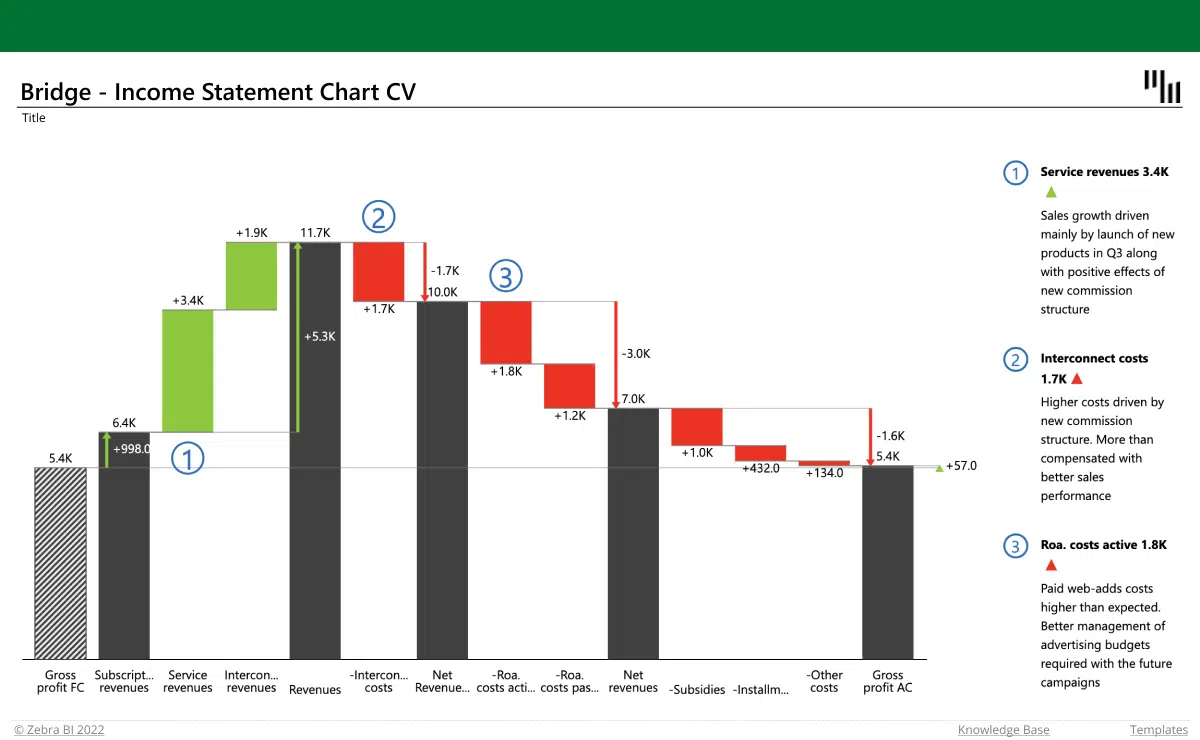Some Known Questions About Excel Links Not Working.
Wiki Article
The Excel Links Not Working Diaries
Table of ContentsFacts About Excel Links Not Working UncoveredWhat Does Excel Links Not Working Do?Some Known Questions About Excel Links Not Working.The smart Trick of Excel Links Not Working That Nobody is DiscussingThe Best Guide To Excel Links Not Working

Nevertheless, variety estimation functions like either can not deal with entire column references or calculate all the cells in the column. User-defined features don't instantly identify the last-used row in the column and also, for that reason, regularly determine entire column recommendations inefficiently. Nevertheless, it is simple to program user-defined features so that they identify the last-used row (excel links not working).

Not known Incorrect Statements About Excel Links Not Working
Using the formula for a dynamic array is generally more effective to the formula since has the disadvantage of being an unstable feature that will certainly be determined at every recalculation. Performance decreases since the feature inside the vibrant array formula must take a look at lots of rows. You can lessen this performance reduction by storing the part of the formula in a different cell or defined name, and after that describing the cell or name in the dynamic range: Counts!z1=COUNTA(Sheet1!$A:$A) Offset, Dynamic, Array=OFFSET(Sheet1!$A$ 1,0,0, Counts!$Z$ 1,1) Index, Dynamic, Variety=Sheet1!$A$ 1: INDEX(Sheet1!$A:$A, Counts!$Z$ 1+ROW(Sheet1!$A$ 1) - 1,1) You can likewise utilize functions such as to construct dynamic varieties, but is unstable and constantly determines single-threaded.
Making use of several vibrant varieties within a solitary column needs special-purpose counting features. Utilizing numerous dynamic varieties can lower efficiency. In Workplace 365 version 1809 and also later, Excel's VLOOKUP, HLOOKUP, and also suit for precise suit on unsorted information is much faster than ever when looking up multiple columns (or rows with HLOOKUP) from the same table variety.
There are lots of means of boosting lookup calculation time. If you make use of the specific match alternative, the calculation time for the feature is symmetrical to the number of cells checked prior to a match is located. For lookups over large ranges, this time around can be considerable. Lookup time making use of the approximate match alternatives of,, as well as on arranged data is rapid and is not significantly boosted by the length of the variety you are seeking out.
Some Known Incorrect Statements About Excel Links Not Working
Make certain that you recognize the match-type and also range-lookup alternatives in,, and also. The complying with code instance reveals the syntax for the feature. MATCH(lookup worth, lookup variety, matchtype) returns the biggest suit much less than or equivalent to the lookup value when the lookup selection is arranged ascending (approximate match).The default option is approximate match sorted ascending. The following code instance reveals the phrase structure for the and also features.
VLOOKUP(lookup value, table range, col index num, range-lookup) HLOOKUP(lookup worth, table range, row index num, range-lookup) returns the largest suit much less than or equal to the lookup value (approximate suit). Table selection need to be sorted ascending.
The Of Excel Links Not Working
If your data is sorted, but you desire an exact suit, see Usage 2 lookups for arranged data with missing out on values. Attempt making use of the and also functions instead of. Is a little quicker (about 5 percent much faster), simpler, as well as uses less memory than a mix of and also, or, the added adaptability that as well as offer commonly allows you to substantially save time.
The function is quick and also is a non-volatile feature, which speeds up recalculation. The function is also quickly; nonetheless, it is an unpredictable feature, as well as it in some cases substantially enhances the time taken to process the estimation chain.$A$ 2:$F$ 1000, SUIT(A1,$A$ 1:$A$ 1000,0),3) Since exact suit lookups can be sluggish, think about the complying with choices for improving efficiency: Utilize one worksheet.
When you can, the data initially (is quick), and make use of approximate match. When you must make use of a specific suit lookup, limit the variety of cells to be checked to a original site minimum. Use tables and organized recommendations or dynamic array names rather than referring to a huge number of rows or columns.
The Facts About Excel Links Not Working Uncovered
Two approximate suits are significantly faster than one precise suit Source for a lookup over greater than a few rows. (The breakeven factor is about 10-20 rows.) If you can sort your information yet still can not use approximate suit due to the fact that you can not be sure that the worth you are seeking out exists in the lookup range, you can use this formula: IF(VLOOKUP(lookup_val, lookup_array,1, Real)=lookup_val, _ VLOOKUP(lookup_val, lookup_array, column, True), "notexist") The initial part of the formula works by doing an approximate lookup on the lookup column itself.VLOOKUP(lookup_val, lookup_array, column, Real) If the answer from the lookup column did not match the lookup worth, you have a missing worth, and also the formula returns "notexist". Know that useful site if you search for a worth smaller than the tiniest value in the listing, you get a mistake. You can manage this error by utilizing, or by including a tiny test worth to the list.
Beginning with Excel 2007, you can make use of the feature, which is both basic and fast. IF IFERROR(VLOOKUP(lookupval, table, 2 FALSE),0) In earlier variations, a basic but slow way is to make use of a feature that has 2 lookups. IF(ISNA(VLOOKUP(lookupval, table,2, FALSE)),0, _ VLOOKUP(lookupval, table,2, FALSE)) You can stay clear of the dual specific lookup if you make use of specific as soon as, save the outcome in a cell, and after that check the outcome before doing an.
Report this wiki page